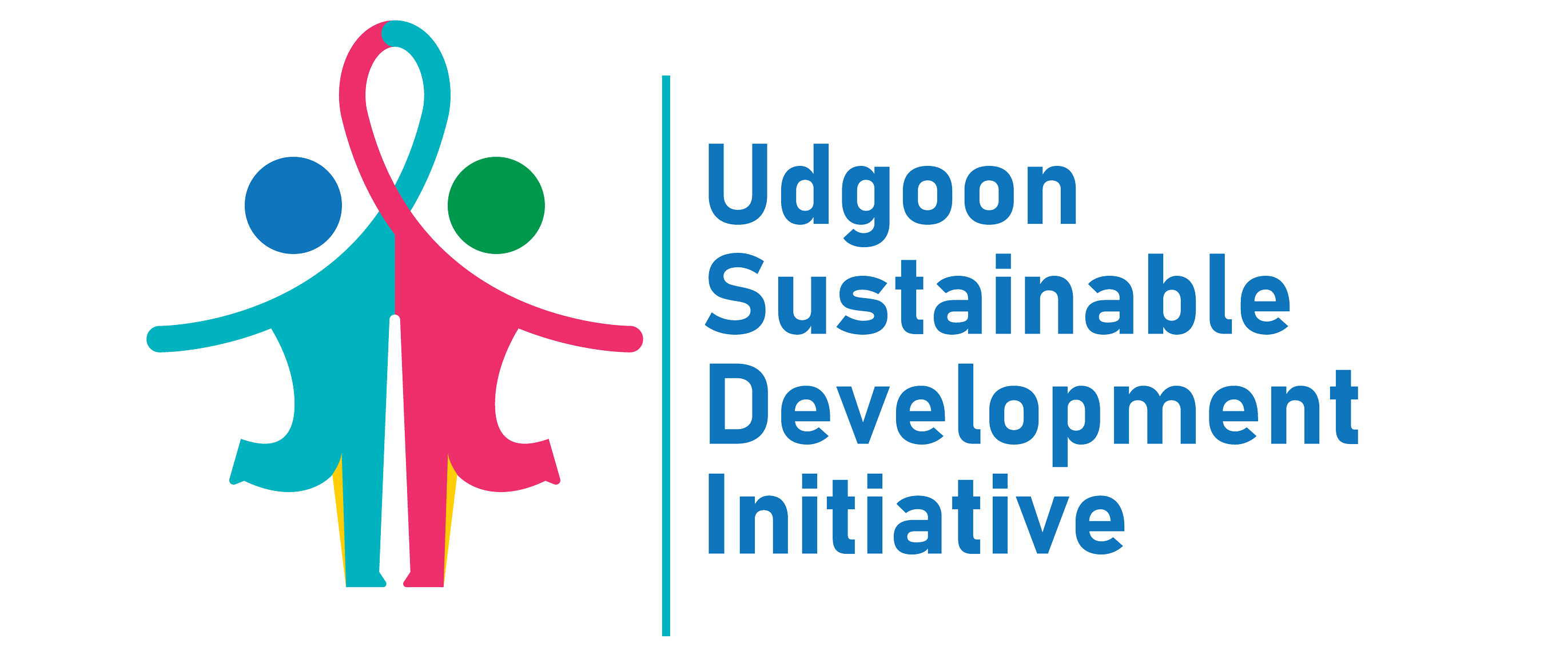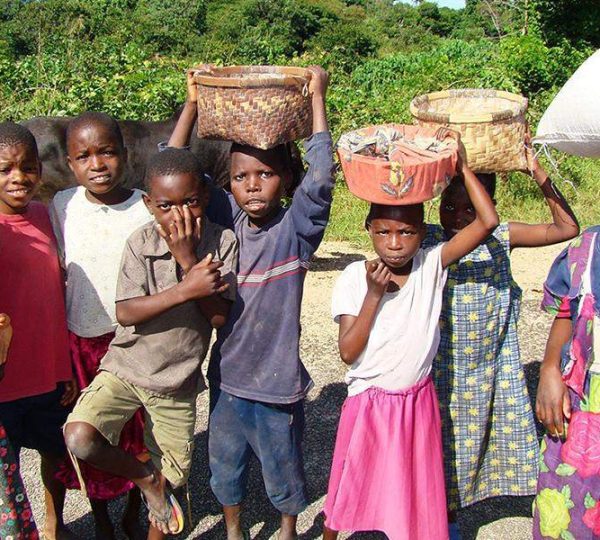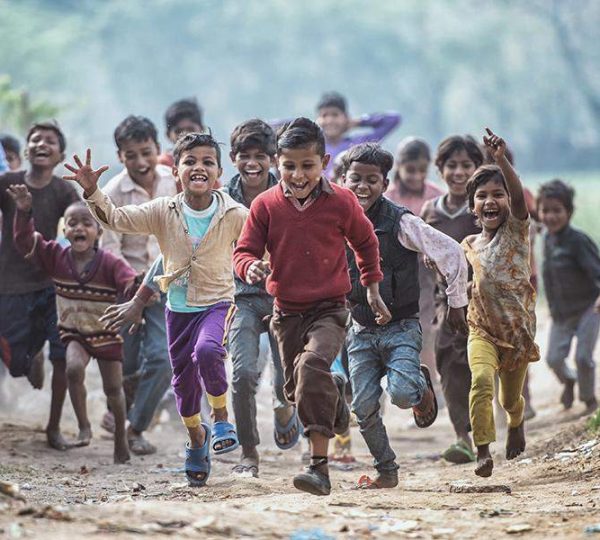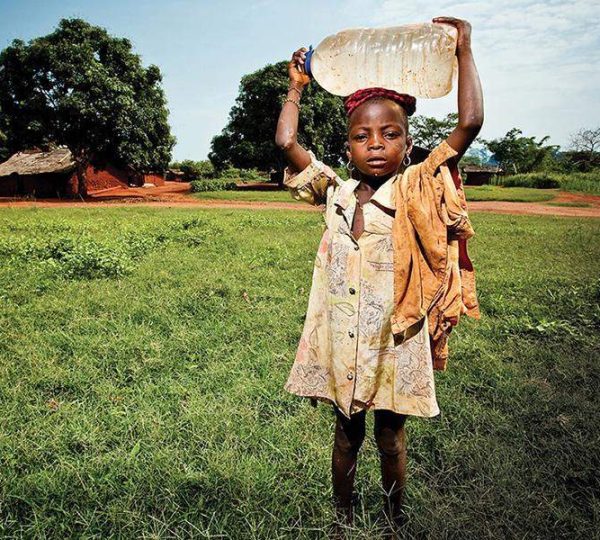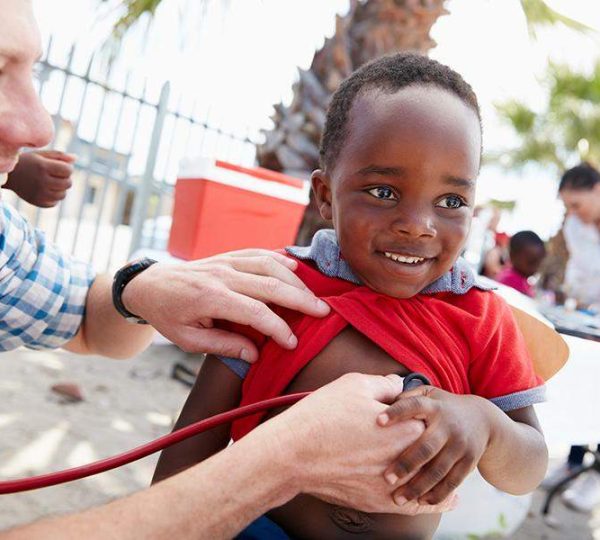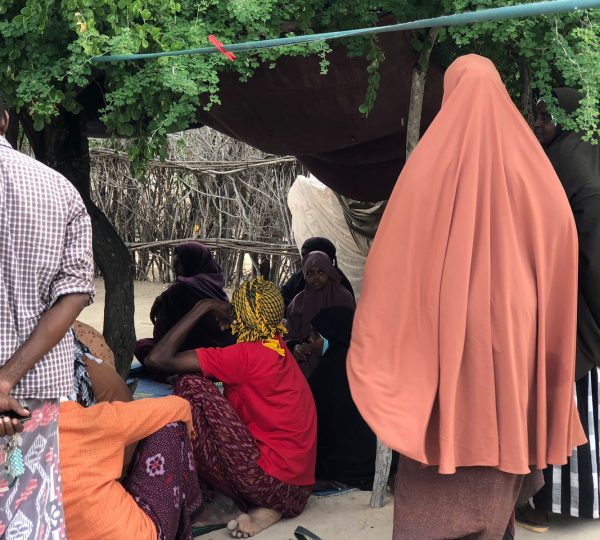Gender Equality Plan (2025-2028)
For: Udgoon Sustainable Development Initiative.(USDI).
Region: Kenya & Somalia
Introduction.
Udgoon Sustainable Development Initiative is a Non-profit Organization established in 2016, working in Kenya and Somalia to empower local communities. The organization through its aligned programs including climate change, Health and Nutrition, protection and care, Education, Gender Equality and Social Inclusion, Peace and security is committed to promoting self-reliance and dignity among vulnerable populations in arid and semi-arid(ASALs) of Kenya and Somalia. Gender equality is central to our mission, ensuring that women, men, boys, girls , PWDs and marginalized groups have equal access to opportunities, protection and leadership. USDI is committed to fostering culture of diversity, inclusion, and gender equality. We believe that creating an environment where all individuals have equal opportunities to thrive is not only moral imperative but also a strategic advantage that thrives sustainability. USDI mission is to provide comprehensive assistance to the marginalized and vulnerable people in the society and improve their status of life through sustainable development and humanitarian project/programs. USDI is firmly committed to promoting Gender Equality and Social Inclusion (GESI) throughout all aspects of its programs and initiatives. This is anchored in our values of excellence, integrity, respect, inclusion and commitment to learning
The ASAL areas are deeply impacted by gender inequalities that prevent women, girls and marginalized groups from achieving self-reliance and dignity leading to communities struggling to break cycles of poverty and dependency. A Gender Equality Plan(GEP) ensures that programs address these disparities and promote inclusive development, giving vulnerable groups the tools to build dignified livelihoods.
The purpose of this Gender Equality Plan(GEP) is to:
- Ensure gender is mainstreamed across all programs and operations.
- Address structural barriers to gender equality in ASAL communities.
- Align with national and international laws
- Kenya’s National Policy on Gender and Development(2019).
- Somalia’s National Gender Policy(2021).
(c). International frameworks( CEDAW(1975), SDG 5 on Gender Equality and Beijing Declaration and platform for Action(1995)
Vision
To foster an inclusive society where women, men, and marginalized groups in Arid and Semi-Arid lands (ASALs) have equal opportunities, protection, and participation in decision-making.
Mission
To integrate gender equality into all programs, ensuring GBV prevention, women’s leadership, and gender-sensitive programming in climate change, health, education, and peacebuilding efforts ensuring transformative impact on communities in Kenya and Somalia.
Gender Equality Objectives and Action Plans.
Objective 1.
- Gender-Responsive programming and Service Delivery.
Goal: Ensure all program implementations address the specific needs of women, men, girls and boys, including the marginalized, PWDs and minorities.
Key Actions:
- Conduct gender analysis before designing and implementing programs.
- Ensure equal access to humanitarian aid, including gender-sensitive distribution mechanisms.
- Conduct gender analysis in all program areas (climate change, health, education, peace & security).
- Develop gender-responsive indicators to track progress in all sectors.
- Train staff and partners on gender mainstreaming in project design and implementation.
- Ensure climate resilience, health, and education programs prioritize women and girls.
Expected outcomes:
- More inclusive equitable program delivery.
- Stronger community engagement in gender equality initiatives.
- Establish feedback mechanisms to ensure gender perspectives shape programs.
Timeline: 2025-2028 (Ongoing with Biannual Assessments)
- Gender-Based Violence (GBV) Prevention & Response
Objective: Strengthen GBV prevention, response, and survivor support mechanisms.
Key Actions:
- Establish and strengthen community-based GBV prevention committees.
- Provide psychosocial support, legal aid, and safe spaces for survivors.
- Integrate GBV risk mitigation in all humanitarian and development programs.
- Conduct awareness campaigns on GBV laws and reporting mechanisms.
- Strengthen partnerships with government and local NGOs to enhance GBV service delivery.
Expected outcomes:
- Increased reporting and responses to GBV cases.
- Strong legal and psychosocial support.
- Engage men in reproductive health and care giving responsibilities.
Timeline: 2025-2028 (Quarterly Monitoring)
- Women’s leadership and Empowerment.
Objective: Increase women’s participation in decision making at all levels.
Key Actions.
- Train and mentor women leaders in local governance, peacebuilding, and climate resilience.
- Advocate for gender-inclusive policies within government and community structures.
- Support women’s economic empowerment through livelihood programs (agribusiness, microfinance, vocational skills).
- Organize leadership forums and networking opportunities for women leaders.
- Implement a gender-responsive HR policy to ensure equal representation in organizational leadership
Expected outcomes:
- Increased reporting and responses to GBV cases.
- Strong legal and psychosocial support.
Timeline: 2025-2028 (Annual Review)
- Gender-Sensitive Programming
Objective: Ensure all programs integrate gender equality and address the unique needs of women, men, and marginalized groups.
Key Actions:
- Conduct gender analysis in all program areas (climate change, health, education, peace & security).
- Develop gender-responsive indicators to track progress in all sectors.
- Train staff and partners on gender mainstreaming in project design and implementation.
- Ensure climate resilience, health, and education programs prioritize women and girls.
- Establish feedback mechanisms to ensure gender perspectives shape programs.
Expected outcomes.
- More inclusive , equitable program delivery.
Timeline: 2025-2028 (Ongoing with Biannual Assessments)
- Gender-Responsive Employee Policy
Objective: Ensure workplace policies promote gender equality and prevent discrimination.
Key Actions:
- Implement equal pay policies and eliminate gender disparities in salaries and promotions.
- Ensure a zero-tolerance policy for sexual harassment and gender-based discrimination.
- Provide parental leave and flexible work arrangements to support work-life balance.
- Establish a gender-sensitive recruitment process to promote equal opportunities.
- Offer annual gender equality training for all employees and leadership.
- Set up a confidential reporting mechanism for workplace harassment and discrimination cases.
Expected outcomes:
- Improved gender balance in leadership positions.
- Higher staff satisfaction and retention.
Timeline: 2025-2028 (Annual Policy Review & Training)
- Capacity Building & Institutional Strengthening
Objective: Build internal and external capacity to promote gender equality effectively.
Key Actions:
- Train staff, government agencies, and local NGOs on gender equality and GBV response.
- Develop an organizational gender policy aligned with national and international frameworks.
- Assign a Gender Focal Point to oversee implementation and accountability.
- Conduct annual gender audits to assess progress and gaps.
Expected outcomes:
- At least 80% of staff demonstrate improved knowledge in gender mainstreaming prevention, and women’s empowerment
- Increased gender leadership.
- Gender sensitive budgeting: At least 30% of program budgets allocated to gender responsive initiatives.
- Senior management and board to commit annual gender performance reviews.
Timeline: Gender Policy by 2025, Annual Training & Audits
- Monitoring, Evaluation, and Learning (MEL)
Objective: Ensure accountability and continuous improvement in gender equality efforts.
Key Actions:
- Develop a Gender Equality Scorecard to track progress.
- Conduct quarterly monitoring and impact assessments.
- Share annual gender progress reports with stakeholders.
- Facilitate learning exchanges with other organizations on best practices.
Expected outcomes:
- Comprehensive Gender data systems: At least 80% of programs, collect, analyze and report sex-disaggregated data.
- Strengthened feedback loops where programs are adjusted based on gender analysis and impact evaluations.
Timeline: 2025-2028 (Quarterly & Annual Reviews)
- Implementation & Partnerships
- Lead Unit: Gender Focal Point & HR Department
- Key Partners: Government agencies, local NGOs, UN agencies, community leaders
- Resources Needed: Funding for training, GBV services, women’s empowerment programs
Sustainability Strategy: Integrate gender into core budgets and donor proposals
- Train staff and community stakeholders continuously.
Conclusion
USDI is committed to achieving gender equality and empowering vulnerable people in arid and semi – lands (ASALs) of Kenya and Somalia. This Gender Equality Plan (GEP) 2025-2028 will guide USDI in making tangible progress towards GBV prevention, women’s leadership, and gender sensitive programming. By implementing this plan, we will ensure that gender equality is a core pillar in our humanitarian and development work in Kenya and Somalia.
Outcome 1
Increased Awareness: The campaign successfully increased awareness about the prevalence of SGBV, fostering a better understanding of the issue within the community.
Outcome 2
Empowered Participants: Participants reported feeling more empowered and knowledgeable about recognizing, addressing, and preventing SGBV. This empowerment laid the groundwork for individuals to take an active role in supporting survivors and advocating for change.
Outcome 3
Promotion of Support Systems: The campaign highlighted existing support systems available for survivors of SGBV, encouraging individuals to seek help and reinforcing the importance of community support in overcoming these challenges.
